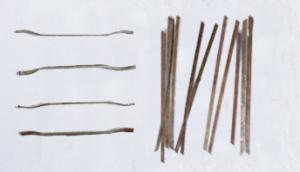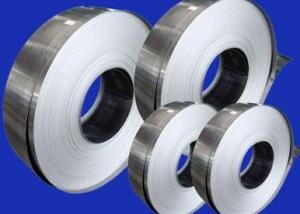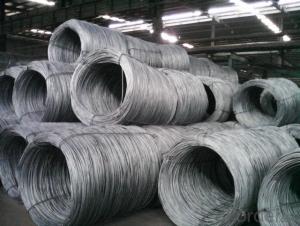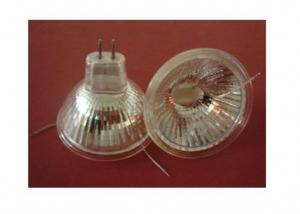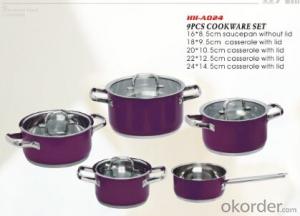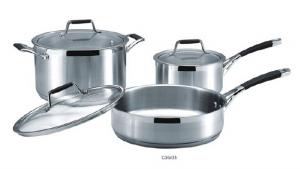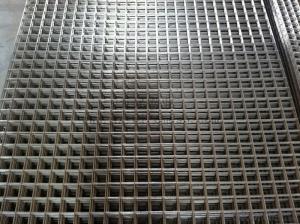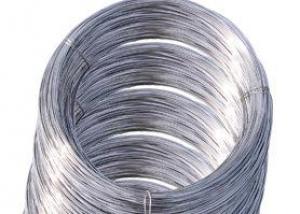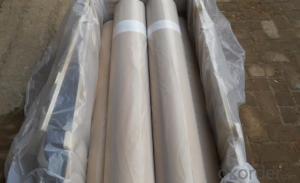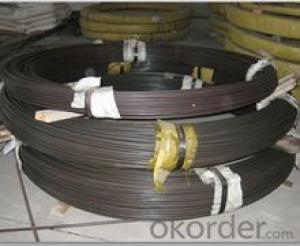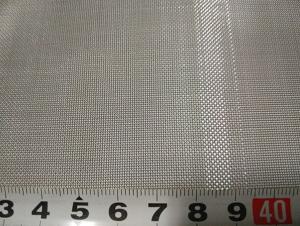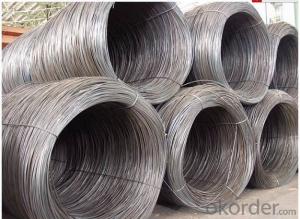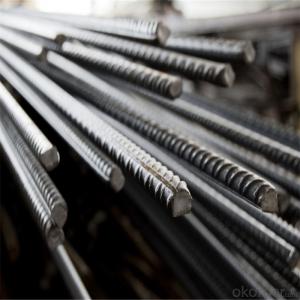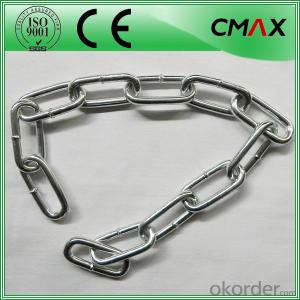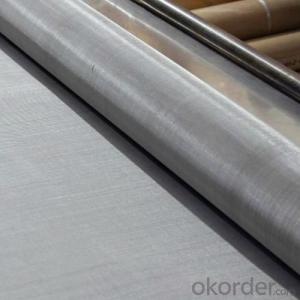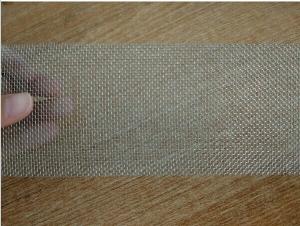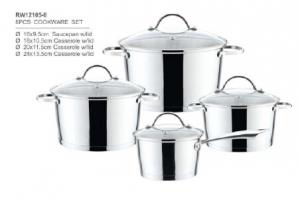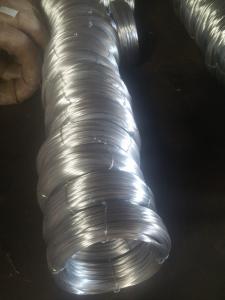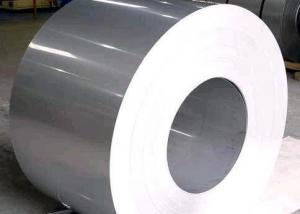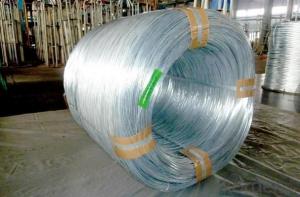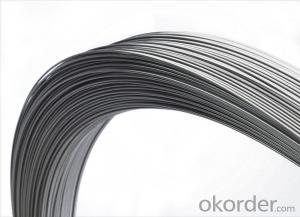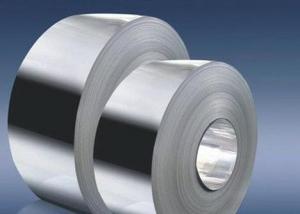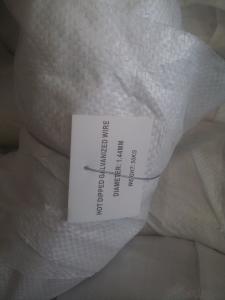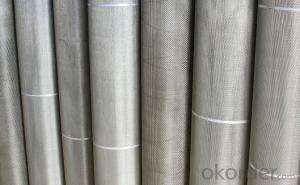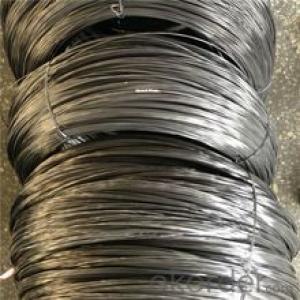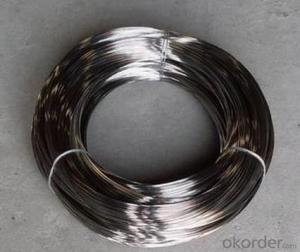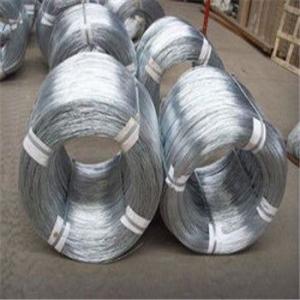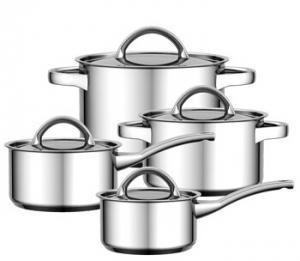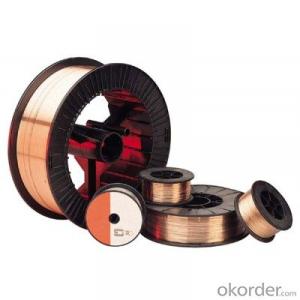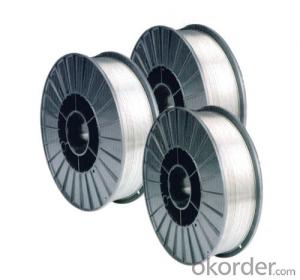16g Stainless Steel Wire
16g Stainless Steel Wire Related Searches
16 Gauge Stainless Steel Wire Stainless Steel 16 Gauge Wire 16 Gauge Stainless Steel 16g Stainless Steel Sheet 16ga Stainless Steel Thickness 16 Gauge Stainless Steel Sheet 14 Gauge Stainless Steel Wire 16 Gauge Sheet Steel 3 16 Stainless Steel Stainless Steel Mig Wire 6Mm Steel Wire 12 Gauge Stainless Steel Stainless Steel Tie Wire Stainless Steel Wires 3/16 Stainless Steel 18 Gauge Stainless Steel 18ga Stainless Steel Stainless Steel Jewellery Wire 3 16 Stainless Steel Rod 6 Stainless Steel Pipe Wire Mesh Stainless Steel 1Mm Steel Wire Stainless Steel Wire Uk 3 16 Stainless Steel Brake Line Chicken Wire Stainless Steel Stainless Steel Wire Singapore 20 Gauge Stainless Steel 15 5 Ph Stainless Steel Stainless Steel Wire Grid Stainless Steel Wire Wheel16g Stainless Steel Wire Supplier & Manufacturer from China
16g Stainless Steel Wire is a versatile and durable product made from high-quality stainless steel material. This wire is known for its excellent corrosion resistance, strength, and flexibility, making it suitable for a wide range of applications. It is commonly used in various industries such as construction, automotive, aerospace, and food processing due to its ability to withstand harsh environments and maintain its integrity over time.The 16g Stainless Steel Wire is widely utilized in numerous scenarios, including as a component in wire mesh fabrication, cable ties, and various mechanical and structural applications. Its resistance to rust and pitting, along with its ability to maintain its shape and strength under stress, makes it an ideal choice for projects that require long-lasting and reliable materials. Users can rely on this product to perform consistently, even when exposed to moisture, chemicals, or extreme temperatures.
Okorder.com is a leading wholesale supplier of 16g Stainless Steel Wire, offering a vast inventory to cater to the needs of various industries. With a commitment to providing high-quality products and exceptional customer service, Okorder.com ensures that customers receive the best possible 16g Stainless Steel Wire for their specific applications. By partnering with Okorder.com, customers can benefit from competitive pricing, fast shipping, and a reliable source for all their stainless steel wire requirements.
Hot Products
